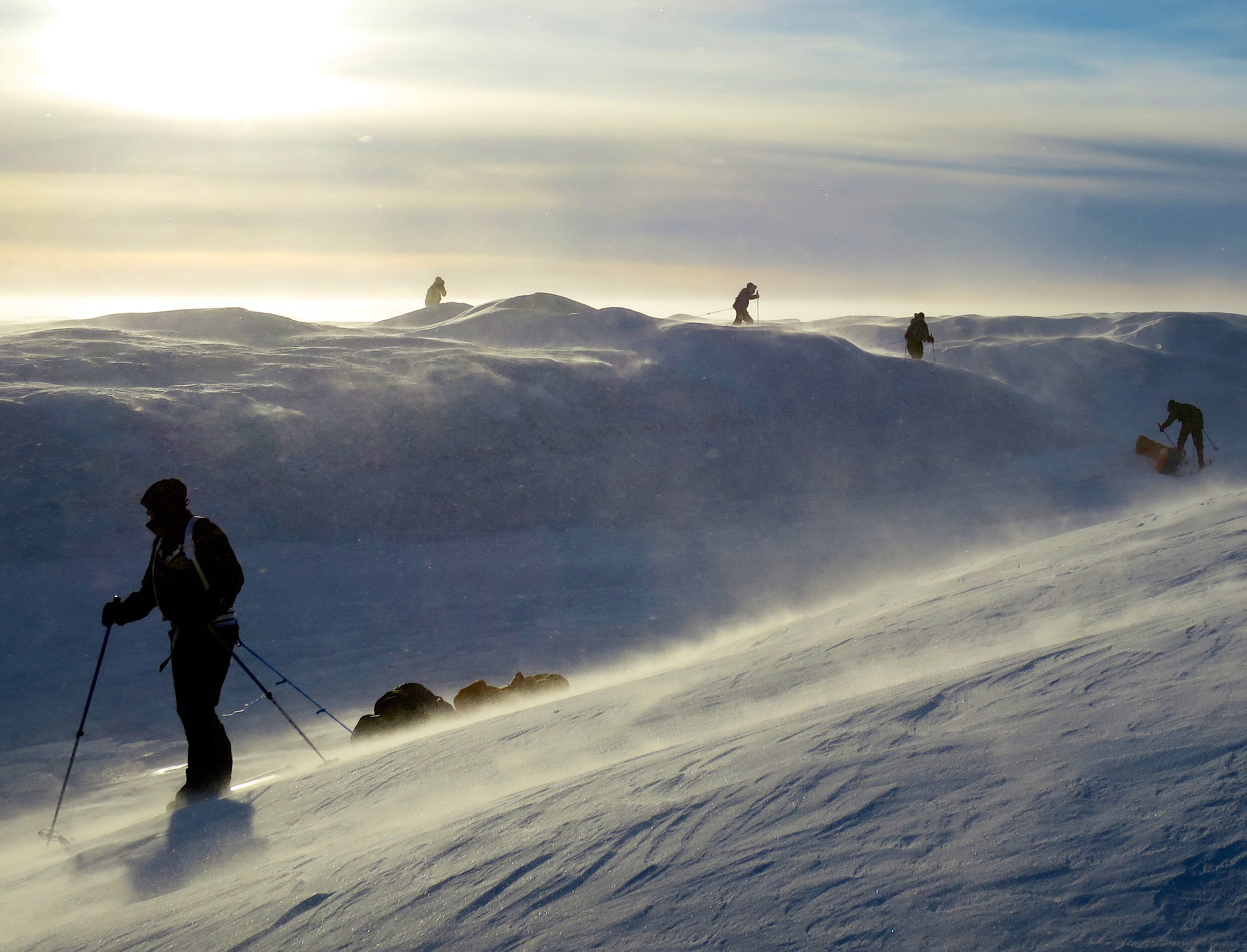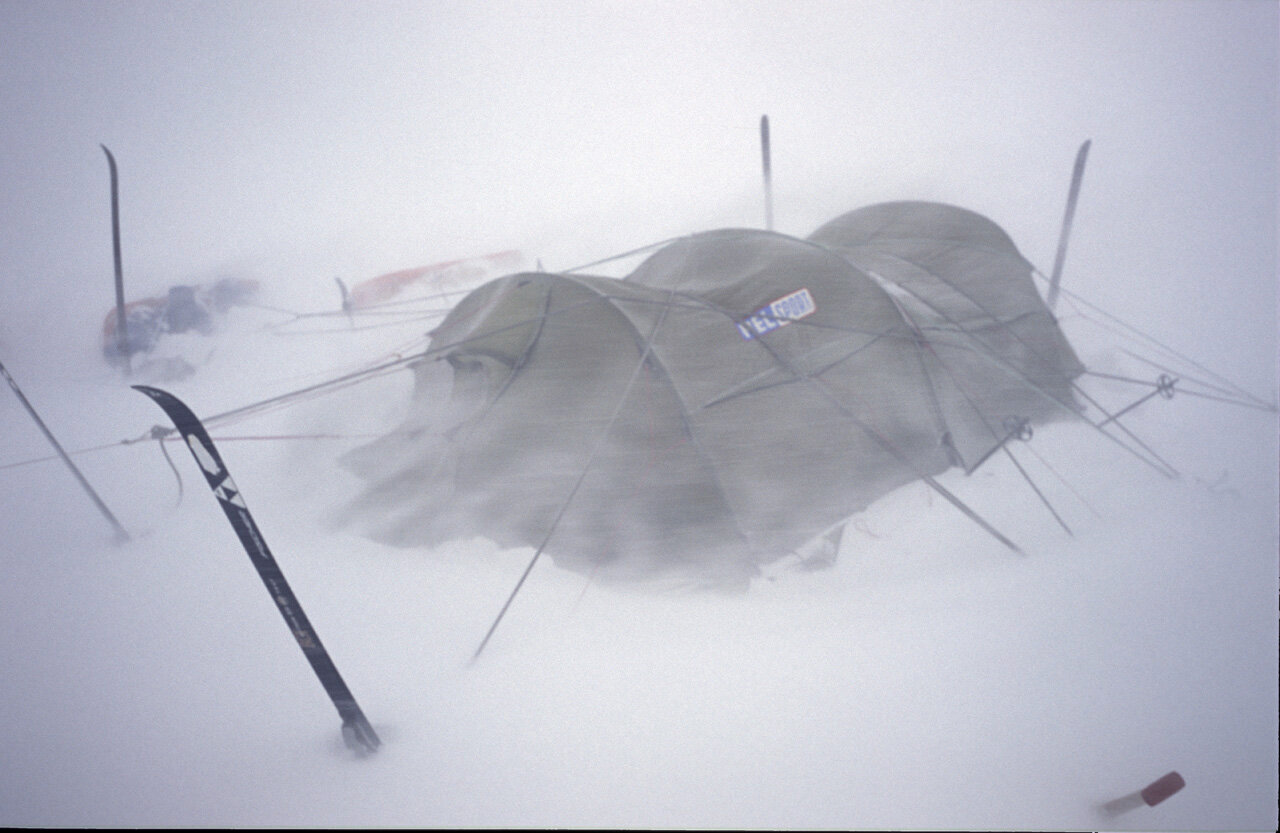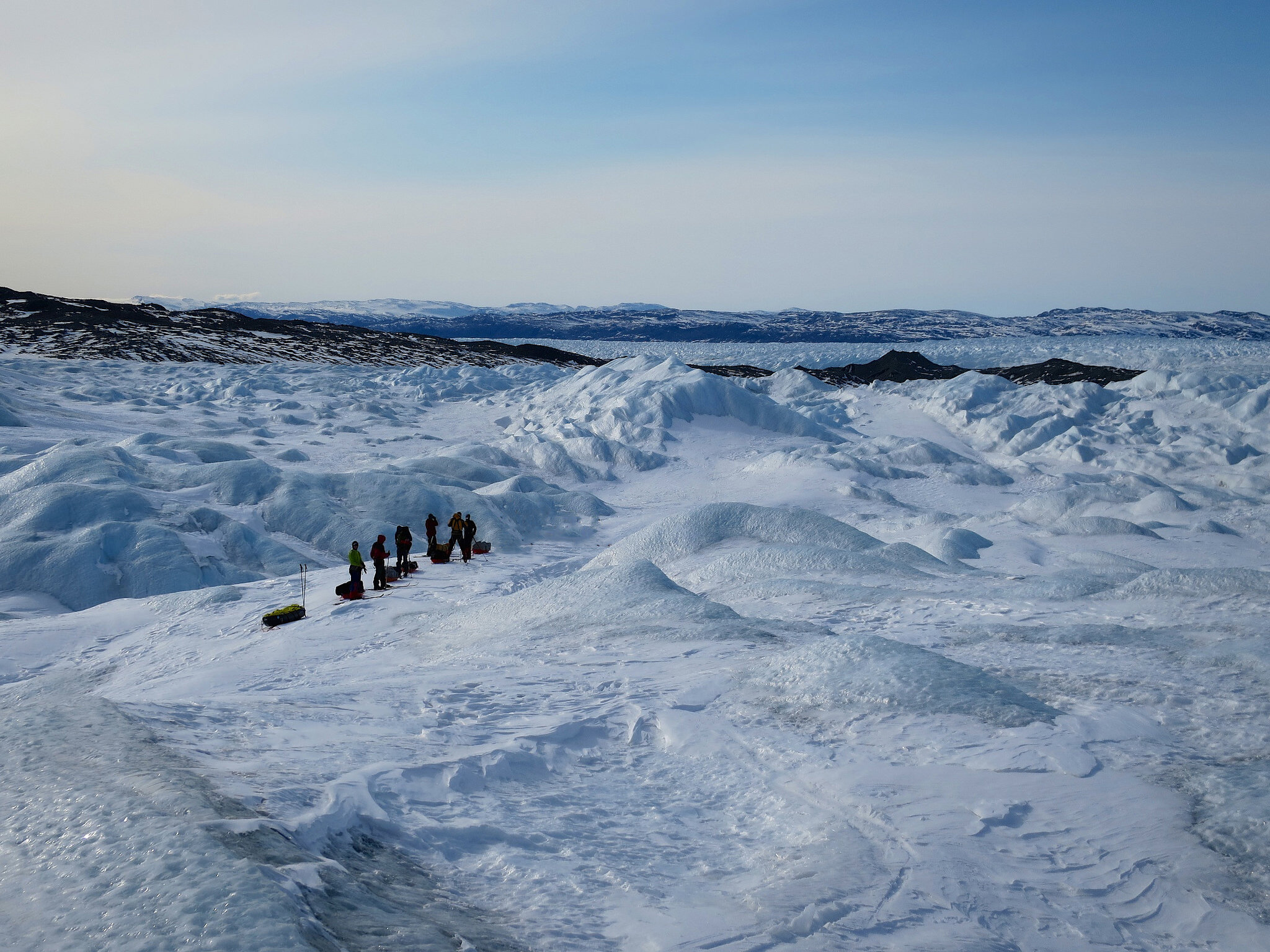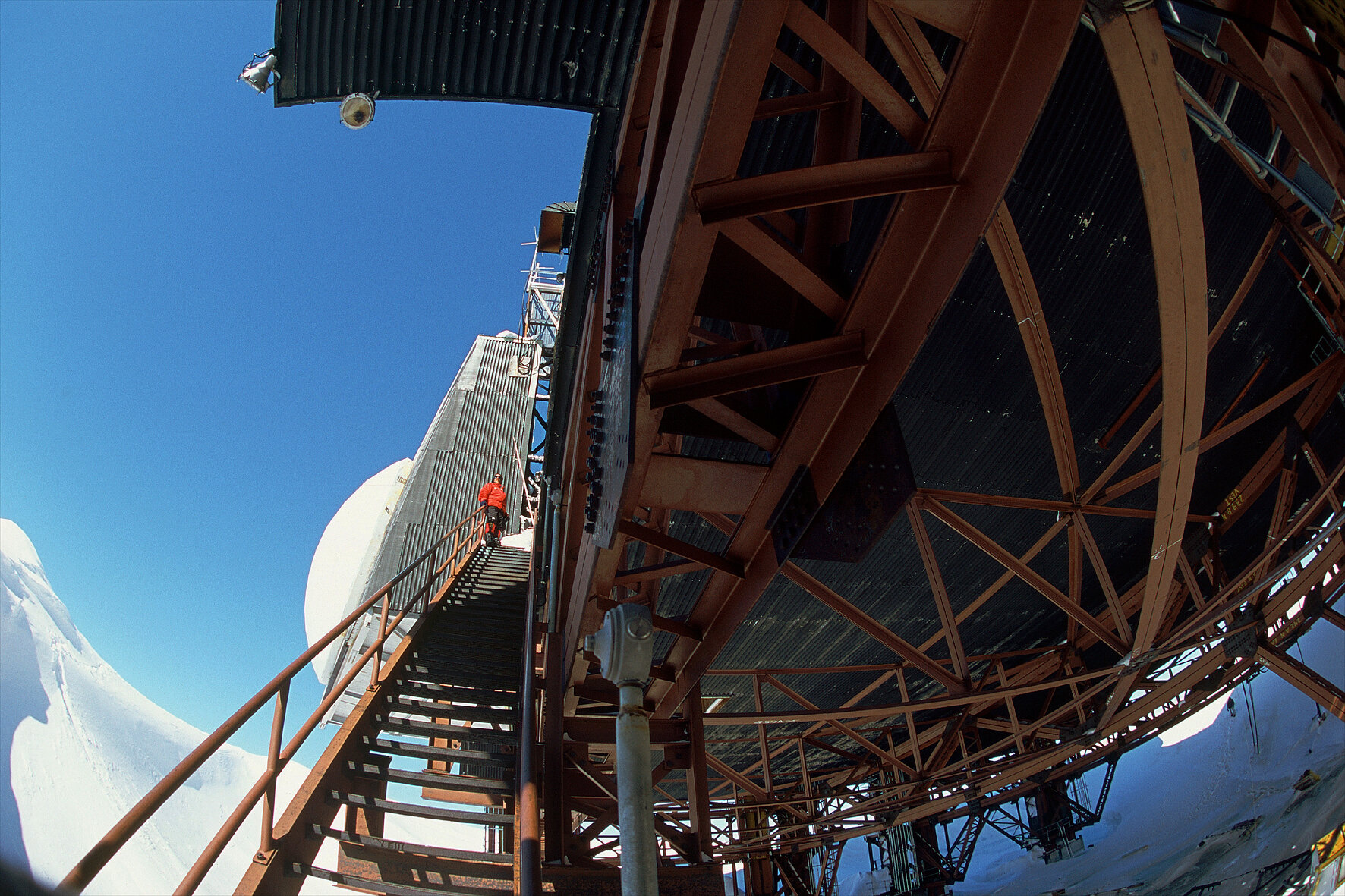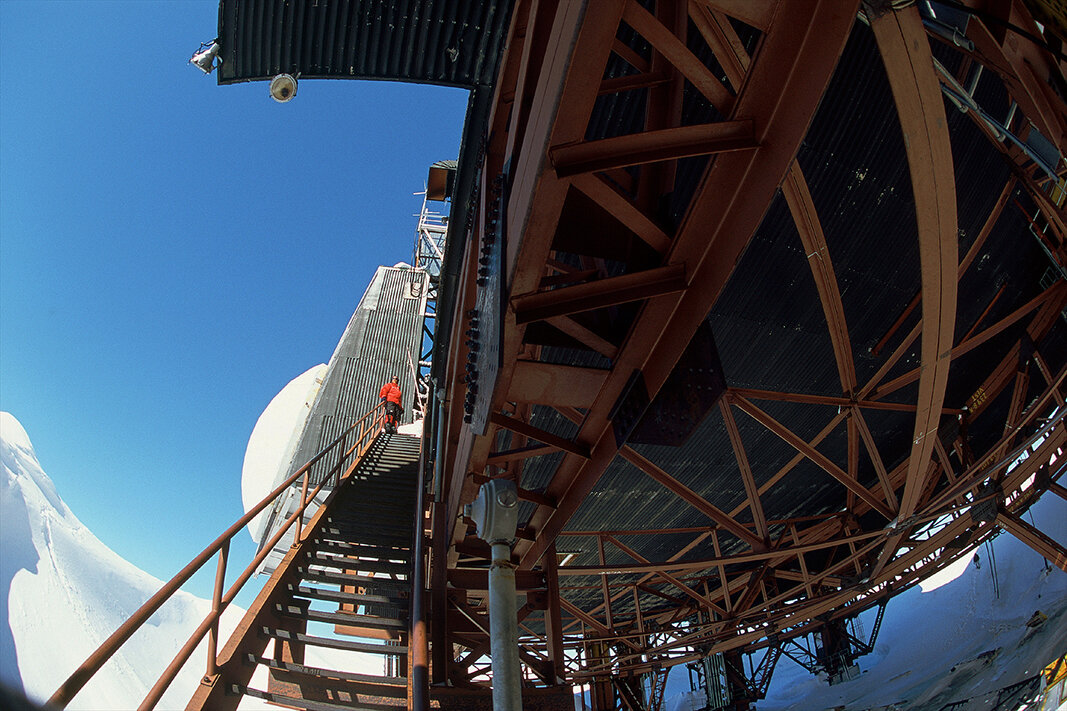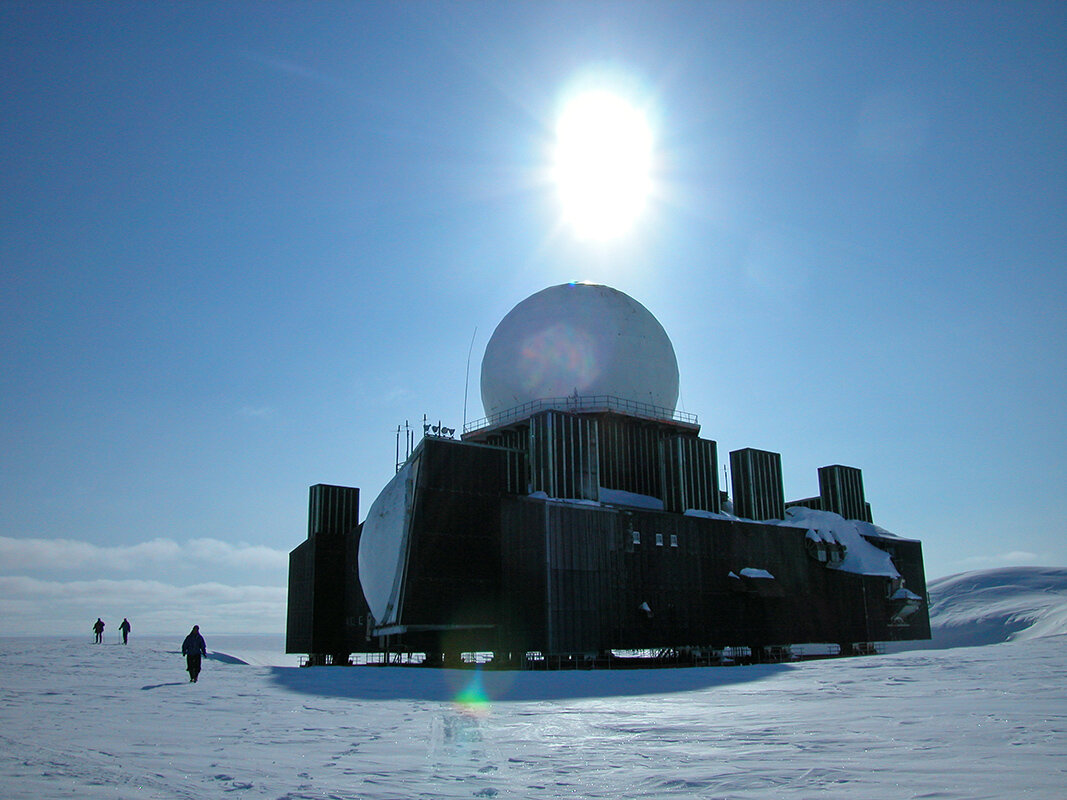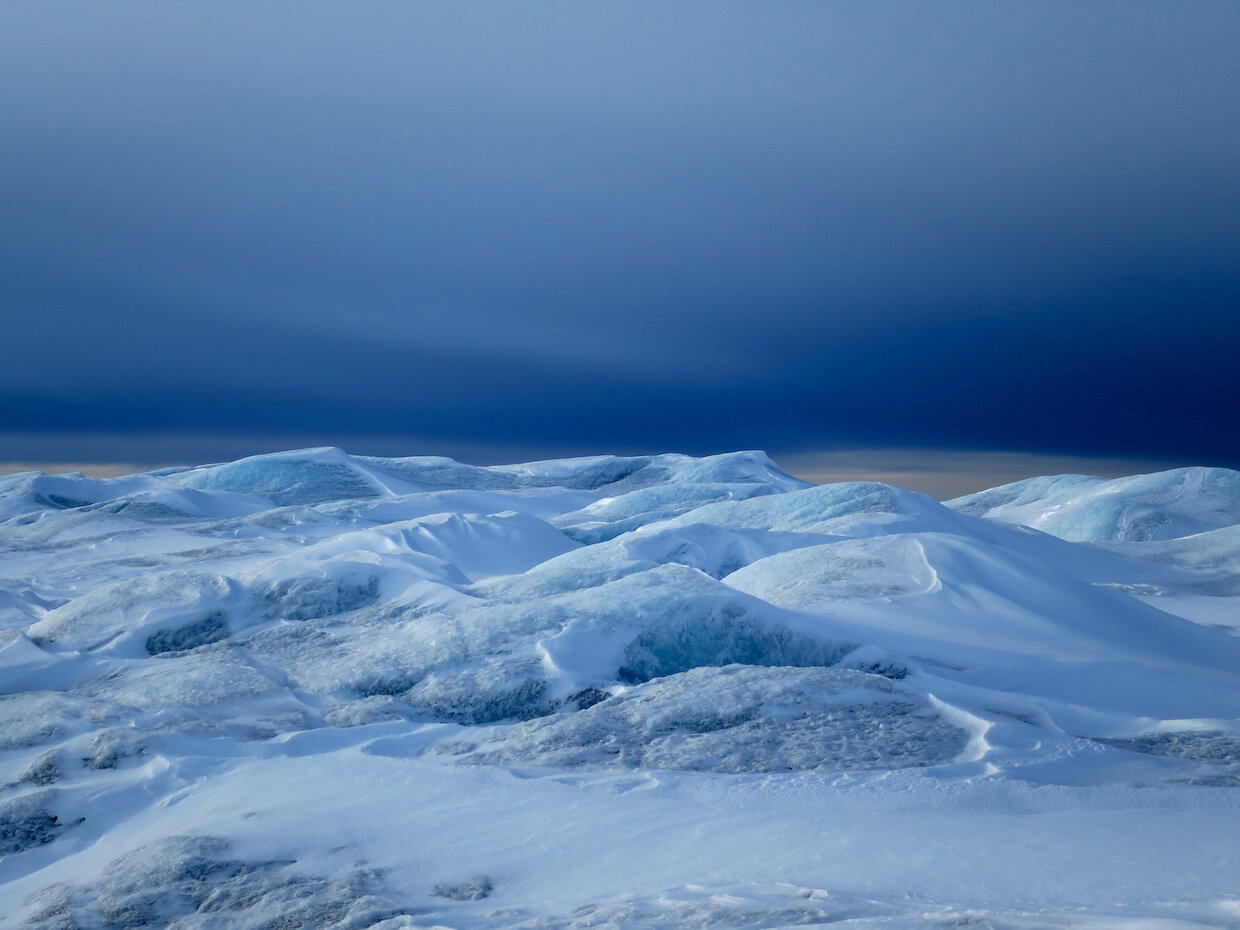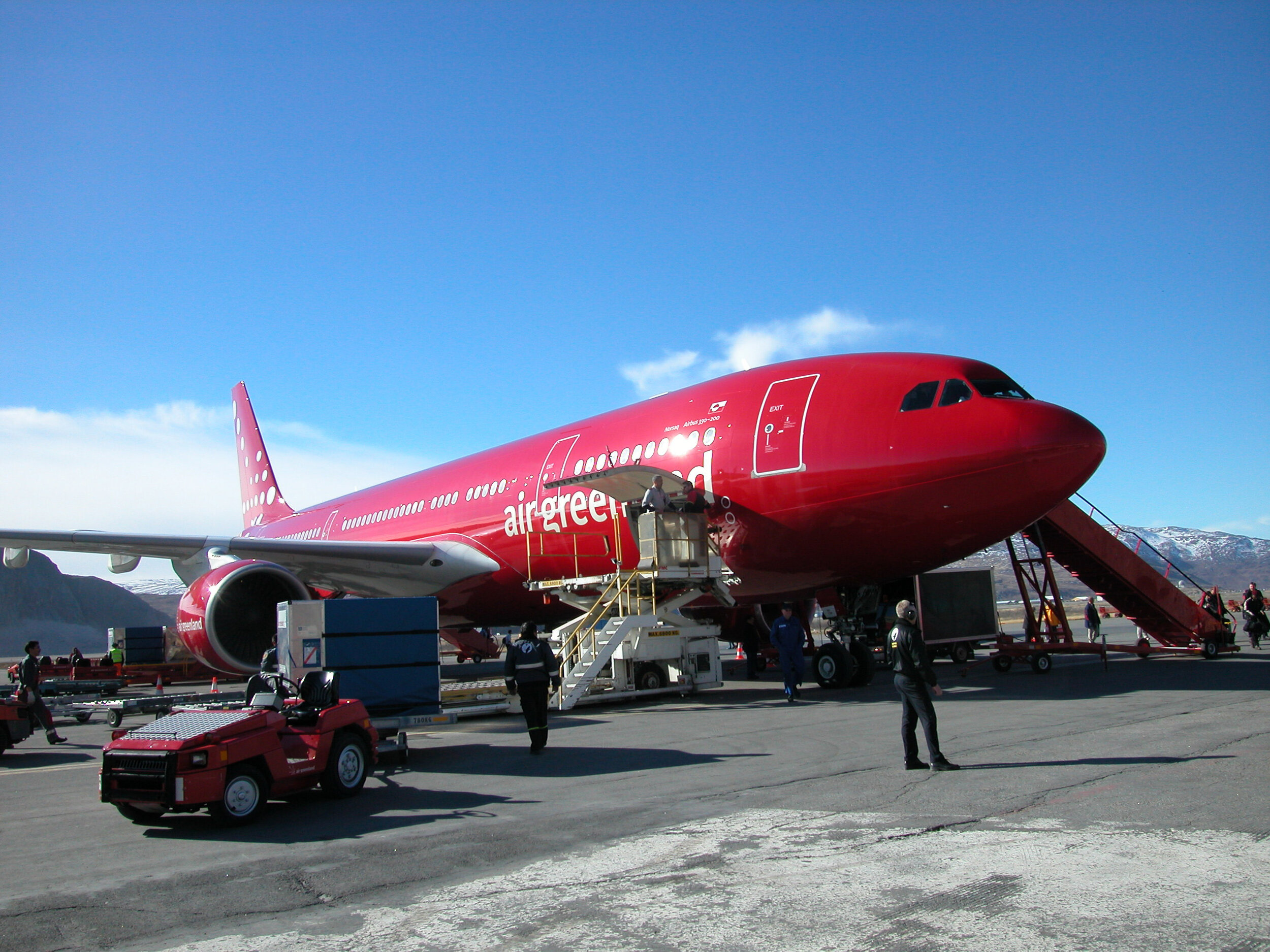greenland FALL
east to west in august-september
the ultimate grEenland challenge
East to west across Greenland in the fall is where Polar Exploration really started. That is when Nansen crossed in 1888. And until today it stands out as the most important expedition you can take on. If you have conquered The Inland Ice (in the fall) you are ready for everything!
This trip, with it’s challenging Icefalls, vast planes, surprising altitude and very changeable and often severe conditions will give you lots of experience, happiness, an insight into the importance of teamwork and maybe even tidy up the inside of yourself.
To step off the ice and onto firm land after 3-4 weeks endurance is a moment to savor for life!
DATES: 2026 TBA
Price: € TBA
DURATION: ca 30 days
• Expect 1 leader and 6 participants
• The trip is ca same date every year
• Duration: Approx 30 days on ice + travel
• Deposit: 1.800€
Expedition details
This is a different challenge. This is the same time of year Nansen and his men fought to be the first to cross the big and unknown White. He chose the East coast as the starting point, not for its climate- and condition advantages at this time of the year, but for the simple fact that with very few inhabitants, turning back and overwintering was no option. Proclaiming "The west coast or Death" they set out – and succeeded.
Everyone crossing at this time of the year will fully comprehend the task, the effort and the heroics of the 1888 pioneers.
So If you are this tiny bit more adventurous, this is the time for you to go !
We will meet up in Tasiilaq on mid August and set off by boat 2 days later towards Isortoq, where we will camp right under the icecap. The next morning we start off and through the next days we "play chess" with the Icefall. Rivers and streams at first, then rolling landscape with ice like a rough sea suddenly frozen into a wild theme-park before the big crevasses try to bar us from the snowfields higher up. This part of the trip is hard, a tremendous and satisfying challenge.
Once we are up on good snow, distances increase as we slowly gather altitude. The wind is trying to push us back, but as we get closer to the ‘Summit’ at approximately 2500-2600 meters, the wind comes from all kinds of directions. This is often due to interaction between the autumn low pressures that hit Greenland from Canada on one side and other storms playing between Iceland and Greenland on the other. It sharpens our senses and we learn to go with the flow and maximize the conditions when they are extra good.
After some three weeks we pass by DYE II, now totally silent. This in stark contrast to the spring trip when a manned camp is operating and maintaining a ‘snow- and ice-runway’ for Hercules planes. They train here on snow landings with skis before serving in Antarctica later in the year. The area is now deserted and the “goofy” building stands out in silence.
Normally the first periods of cold set in late in August. This immediately retards the melting process and the huge rivers dwindle into small streams and the lakes up on the plateau will soon be frozen over.
Not far out of DYE we see the first signs of those. Slowly the terrain starts dropping off and the surface gets more sculpted. By the time we drop down to the Icefall, the huge gullies left open by the melt rivers makes us work hard for progress. Lower down we still come across water left in 10 - 15 meter deep riverbeds with vertical sides giving us testing detours and big jumps. At this point the spirit better be high as this labour is not for sissies…
Sometimes progress is reduced to a scant kilometer in several hours. But land is in sight and this spurs us on. As we step off the ice we are in awe of Nansen and his team. The day is mid September and the end of season as the Inland ice goes into ‘no-go’ modus for the winter.
We’re picked up at Height 660 and after a scenic drive we find ourselves in Kangerlussuaq for the first beer, first shower and a big celebration meal !
Day by day
Day 1 and 2. Travelling via Iceland (at least for participants coming from the East) our meeting and start point will be in Tasiilaq, a very picturesque town and the ‘capital’ of Greenland east coast. After we are all together is straight to the store for shopping. The rest of the time is packing and preparing, - but we will not drop our last served meal in a restaurant before we go towards the Ice !
Day 3. The first half of the day is all about finishing preparations and change into the expedition clothing that will stay on for the next 3 weeks plus. Then we put the clean “civilian” clothes in the mail to be sent to the other side, and take lunch.
In the afternoon we board a small boat and leave for the Isortoq area. This is a spectacular and wonderful experience as we pass lots of icebergs. Depending on the ice, we arrive in the fjord inside Isortoq (a tiny, but very authentic hunting and fishing village) in early evening. From here we carry everything a short distance up to a cabin where we plan to stay the night. We say plan, as both storms and local festivities may have rendered it uninhabitable.
Day 4. Early the next morning we set off. We walk on foot on hard and icy surface. The first part is easy, but later in the day the ice roughen as we start gaining altitude. How far we get is impossible to plan. Sometimes the winter has dumped lots of snow and combined with a cold summer the crevasses can be mostly filled up. If the contrary is the case, and maybe with extreme melting during summer, we may be facing huge crevasses, melt rivers and even crevasses filled with water! It is never the less a wonderful game of chess against a cunning opponent called "Mother Earth" !
What is for sure is that we will be up against some pretty wild, bumpy and challenging ice that will test out our stamina and mind-set.
Day 5-6 (approx.). Second and / or third day on the ice we negotiate the field with the biggest crevasses. Here we will have to zigzag a lot and find the safest way. But on the other side we can normally have good use of the skis and start to make distances.
Day 7-12 (or 13?). Even out of the lower icefall, we have to work hard. On the big rolling hills we rapidly gain altitude, and normally the ski-conditions are good. Gradually we are out of the coastal zone and the chance of rain is diminishing as the polar climate takes over.
We hardly recognize that the last mountains disappear under the horizon as we now are focused on the west and the plains.
We are heading into the katabatic wind zone, and get little rest till the landscape gradually eases out. After some 10 days the wind fluctuates, the weather hesitates as we get closer to the highest point. This is called ‘Summit’ and is a long and rounded ridge going in south-north direction up Greenland. In the fall, the low pressures hitting Greenland from Canada in the west, and the low pressures building up between Iceland and Greenland fight for supremacy and can play games with us…
Normally we put in a rest day in this area, but instead of planning it we let the weather decide what day is best.
Day 13-16. As we clear the highest area the winds stabilizes (normally) and start coming in from behind. At the same time we move into the flattest part of the journey. These plains here are beautiful and we do great distances. If the weather is good, DYE II will show at the horizon when we are several days away! It comes and goes a bit, but this makes navigation very much easier. As we get there we camp and may enjoy half a rest day. Apart from having a look at the monstrous relic from the cold war, we go over the equipment, sleep, eat and drink.
Day 17-22. Soon after leaving DYE II we come across the first lakes filled with melt water from the summer. They are frozen up, but give an indication that more is to come. Over the next days the ice roughen again as we start loosing altitude. We do great distances, but from year to year there can be huge differences in the amount of havoc the melting has done to the ice. If the summer has been cold and the frost has arrived early with snow we may get to 50km from land with no obstacles. If the contrary is the case the fight begins here and the ice looks like a stormy ocean frozen up in a millisecond. It is hard work but at he same time just so incredibly fascinating!
Day 23-27. Exactly how many days we will use, are as you may understand, impossible to predict. But that is the greatness of the autumn crossing. If your mind can take this and not getting downcast by one surprise after another, then you know you are bred for bigger things!
As we dip into the icefall the smaller rivers grow in sizes and we have to negotiate riverbeds 10-20 meters wide and with 10 meter steep sides (hopefully with only some water still left as the mega melting from the plateau has stopped). But now we have sighted land for the first time, and spurred on we stretch the days and muster everything as we slowly make our way towards it. Sometimes it may take hours to complete just a kilometer, but the satisfaction of fighting our way gradually closer is immense! And as we step off the ice in unison we feel the biggest accomplishment!
Later that day we are picked up by a car and driven to Kangerlussuaq. It is time for a beer, a loooong warm shower and a good meal !
Day 28.The flight back to Copenhagen (again, for most of us) does not leave every day. And since we do not know if we will use 24 or 28 days we recommend tickets that you can change.
Then we head for home (all letting the adventure sink in and – pondering where to go next?).
THE PRICE:
• The final price depend on when you book, confirm and send final payment. The later this is the harder and more complicated all our logistics get (permits, team composition, guides, equipment to buy and send, etc.), so rates are:
Trip paid in full before 1st February: TBA€
Paid 1st February to 20th March: TBA€
Trip paid in full after 20th March: TBA€
• In any case, the expedition fee must be paid in full no later than 90+ days before departure (minus the already paid deposit)
• The price for 2025 and onwards is not set, but take a 3-5% increase into account to be on the safe side for following years
What is included:
We do all paperwork and cover the fees (applications, group search & rescue insurance, permits for the crossing, radio / communication, weapons) ; We will supply: food, sledges, tents, stoves, fuel, safety equipment like Iridium satellite phone, emergency beacon, VHF radio, GPSs, maps and waypoints; We are responsible for the medical bag, spares and rep bag + a training weekend - and we answer to every question you may have.
What is not included:
You bring your own personal clothing, skis, boots and poles, sleeping bag, mattress and stuff-bags. You choose and pay your own flights and pay for board and lodging during the days right before and after the ice, and training weekend.
You must have your own Medical Evacuation personal insurance in case of personal accidents or trouble. This on top, or including, ”normal” medical/travel/cancellation insurance.
You may be asked to contribute if you have food allergies, intolerance, etc, so that we can be sure you have enough, safe and high quality food. Any unforeseen delays or change of plan by the group may also result in extra cost. We recommend return tickets that can be changed or a wide margin at the end of the trip.
The Deposit:
We will send you a Deposit Invoice of 1.800 €_Euro at the time of booking. The system works as follows: Your Booking Form will give you a place in the queue. But it is not binding in any way. It only gets serious as you receive a Deposit Invoice. This is non refundable according to our Travel Conditions. But once paid it means you are in and the trip is on! Final payment due 6 months before the start, mid-February, or as detailed above.
All payment and deposit details subject and according to our travel terms and conditions.

